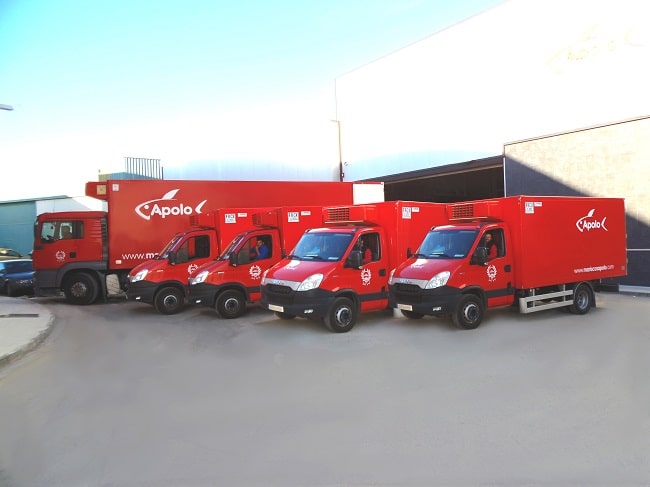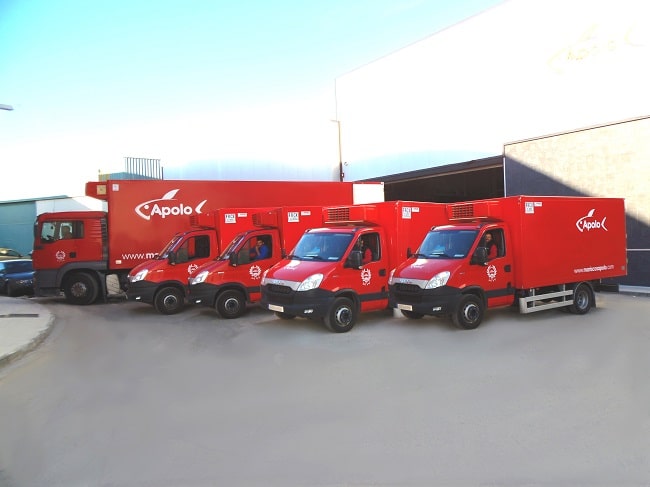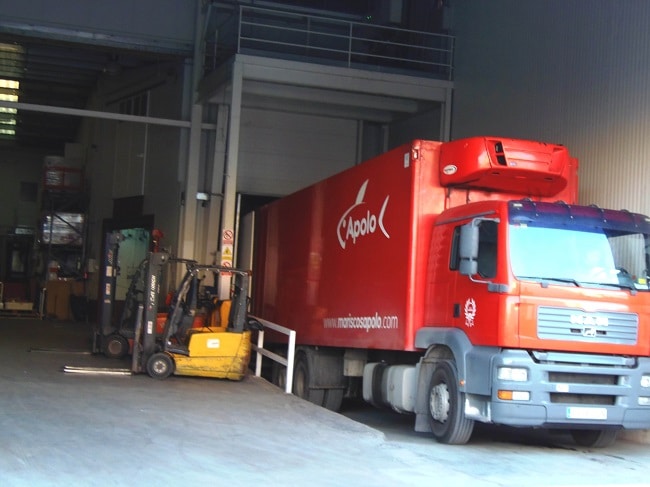For years, frozen foods have been part of the daily shopping basket. The false myths about these myths about these products have been banishedWith the banishment of false myths about these products, confidence in their guarantees has grown over time among consumers. And the fact is that frozen foods are not only preserved without the need for preservatives or chemical colorants. They save time, effort and money in the kitchen. These advantages have made them an indispensable food in the home.
For frozen foods to reach the final consumer in optimum condition, it is necessary to maintain the cold chain at all stages. From the processing and packaging of the products, through their storage, loading, unloading and transport to their display in the frozen sections of supermarkets. The breakage of the cold chain in any of these links can deteriorate the product, causing the loss of its nutritional and organoleptic qualities (texture, flavor, smell and color) and endangering food safety due to the development of microorganisms.
In Congelados Apolo, as we have already explained on some occasions, strict quality controls are applied to maintain the cold chain in the different stages of processing, packaging and storage of the products, which are kept between -20 and -22º. This scrupulous control extends to the distribution chain, since the proper logistics of these goods will depend on their optimum condition in store displays.
Given the importance of transport, we recall some of the warnings that the Association of Manufacturers and Distributors (AECOC) recommends to take into account for the transfer of frozen products in order to preserve their nutritional, sensory and hygienic-sanitary quality:
1. Vehicle conditioned for the transport of frozen products. Although it seems obvious, the first tip is to have a vehicle or truck conditioned and in optimal condition for the transport of frozen products. The interior surface of the chamber should be easy to clean and disinfect. It is also recommended that it be equipped with instruments to measure the temperature in the areas where the most heat is concentrated. These devices should be located in a visible place so that the transporter can check their reading from his seat. The closure of these vehicles and their ventilation and air circulation system should also prevent dirt from being deposited when transporting these products.
2. Pre-cooling of the vehicle. It is necessary to pre-cool the vehicle chamber to a lower temperature close to that of the product before loading to avoid breaking the cold chain during transport.
3. Closed doors. Truck doors should be kept open for the minimum time necessary. Likewise, loading and unloading should be carried out as quickly as possible.
4. From the vehicle to the chamber. When it is time to unload the goods, they should be taken from the vehicle to the storage chamber immediately, where they should be kept at the sub-zero temperatures indicated for each type of frozen product.
5. Loading and unloading form. It is desirable to complete at the points of origin and destination the loading and unloading sheet in which the temperature control of the product and the areas where they are located are noted.







